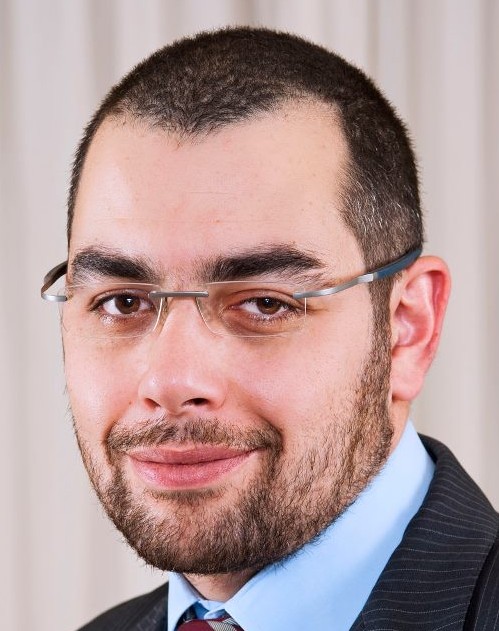
(Photo Courtesy of Shell Egypt)
Egypt has been facing a continuous dwindling in natural gas production since 2012, which led the government to import liquefied gas shipments to fill its needs. Daily News Egypt interviewed the Managing Director of Shell Egypt Aidan Murphy.
What is Shell Egypt’s plan to increase oil and gas production?
Shell Egypt succeeded in maintaining production of 130,000 barrels of oil equivalent a day on average. This way, it avoided a huge decline in the production of most petroleum and tanks, especially with the hard work on the Assil and Karam project in its concession area Badr El Din 3. The project contributed to increasing the total production of Badr El Din Petroleum Company (BAPETCO) with almost 20%. Production reached unprecedented rates within the last 10 years.
How many exploration and development wells will be drilled by BAPETCO?
This year, BAPETCO will drill around 50 wells in its different concession areas in the Western Desert, in order to support a high rate of production and provide needs for the consumption of gas in the local market. Petroleum has already been extracted in the best wells in the concession areas. What we do now is developing small wells of high costs. This was done through raising the level of performance and lowering costs. A horizontal well will be drilled near Al-Ubayyid area, and it will be the perfect example for drilling with advanced techniques not used before in Egypt.
What are future plans of Shell regarding shale gas?
Shell and Apache will soon begin to drill two vertical wells in Apollonia fieldin order to collect data and determine the best sites for the three horizontal wells and their design. The wells will be drilled as part of the initial project in FY 2015/2016. Shell and Apache reached an agreement with the Egyptian General Petroleum Corporation in order to begin the initial project with Apollonia formations in the concession area northeast Abu Gharadig. American Apache will manage operations in the initial project expected to take from three to four years that started in December 2014.The latest technologies will be used in the initial stage of the project to test the possibility of extracting shale gas and the gas present in coherent compositions in northeast Abu Gharadig.
How many drilling platforms does Shell have?
Shell is investing in the Western Desert in Egypt through its joint venture BAPETCO, which manages operations in 10 drilling platforms, in addition to operations of wells construction.
What is the history of Shell entering into the petroleum field in Egypt?
The activity of Shell in Egypt started in 1911. It’s considered one of the most actively-working companies in Egypt and the first global petroleum company to work in the Middle East.
Shell works in both fields of exploration and production, in addition to the field of marketing and distributing petroleum products. It was one of the first companies to establish gas stations. It was also keen on developing petroleum fields, and the beginning of that was with both fields of Gemsa and Hurghada in the Red Sea, where large amounts of petroleum were discovered in Hurghada, making it one of the most important productive fields in Egypt. Shell’s activities have expanded to include the construction of the first refinery in the Middle East in the area of Suez with a production capacity of 100,000 tonnes per year. It is now working under the name of “Nasr Petroleum”.
The company has extended petroleum pipelines from Gemsa to Suez, and has discovered the field of Ras Gharib in 1937. Shell was nationalised in 1964, coming back to Egypt again in 1974, to work in both fields of exploration and production. It started with Badr El Din and Setra fields in the Western desert. The drilling efforts were complete with petroleum testing and the founding of BAPETCO in 1983, which is a joint venture between Shell and the Egyptian General Petroleum Corporation.



